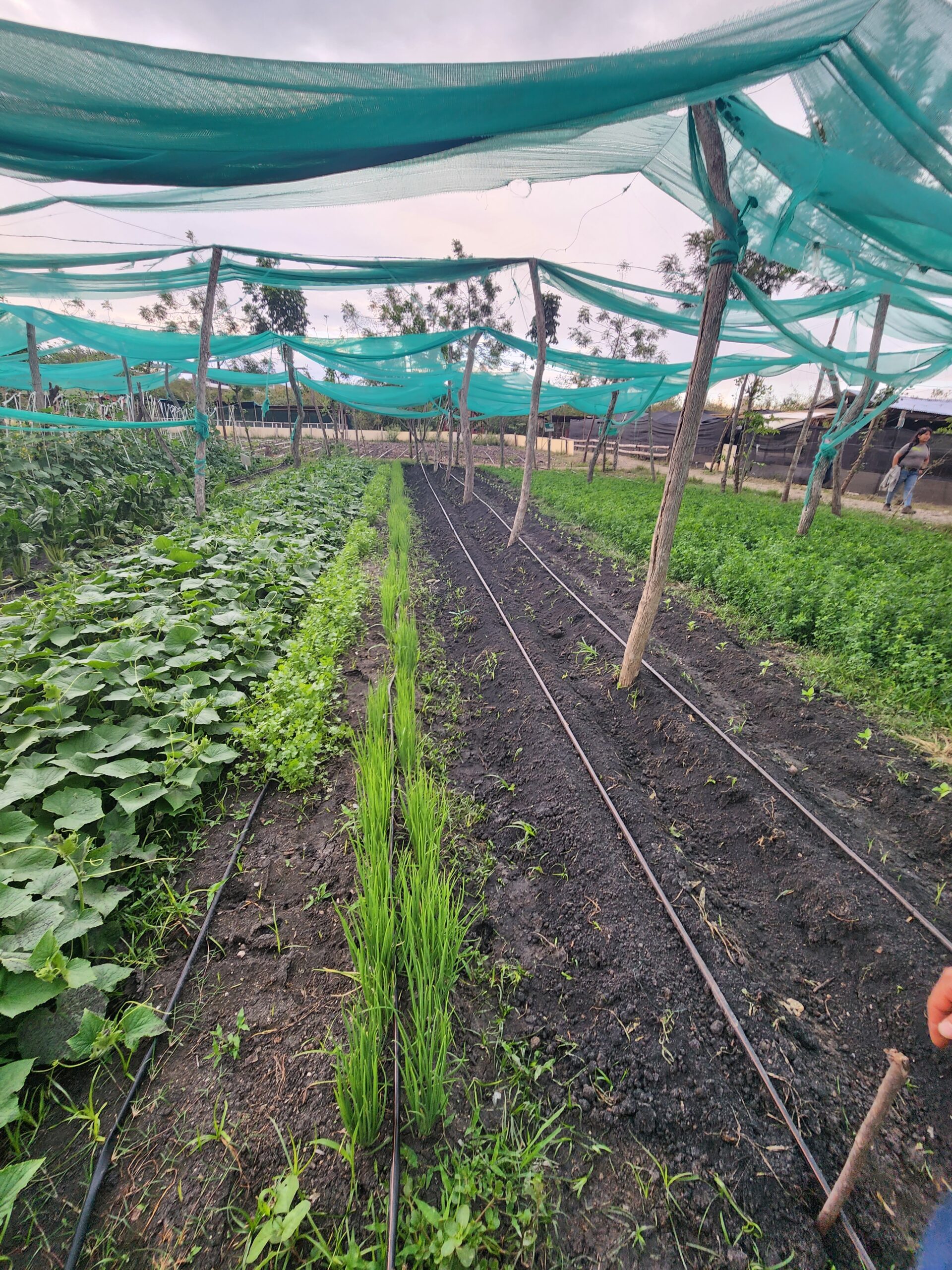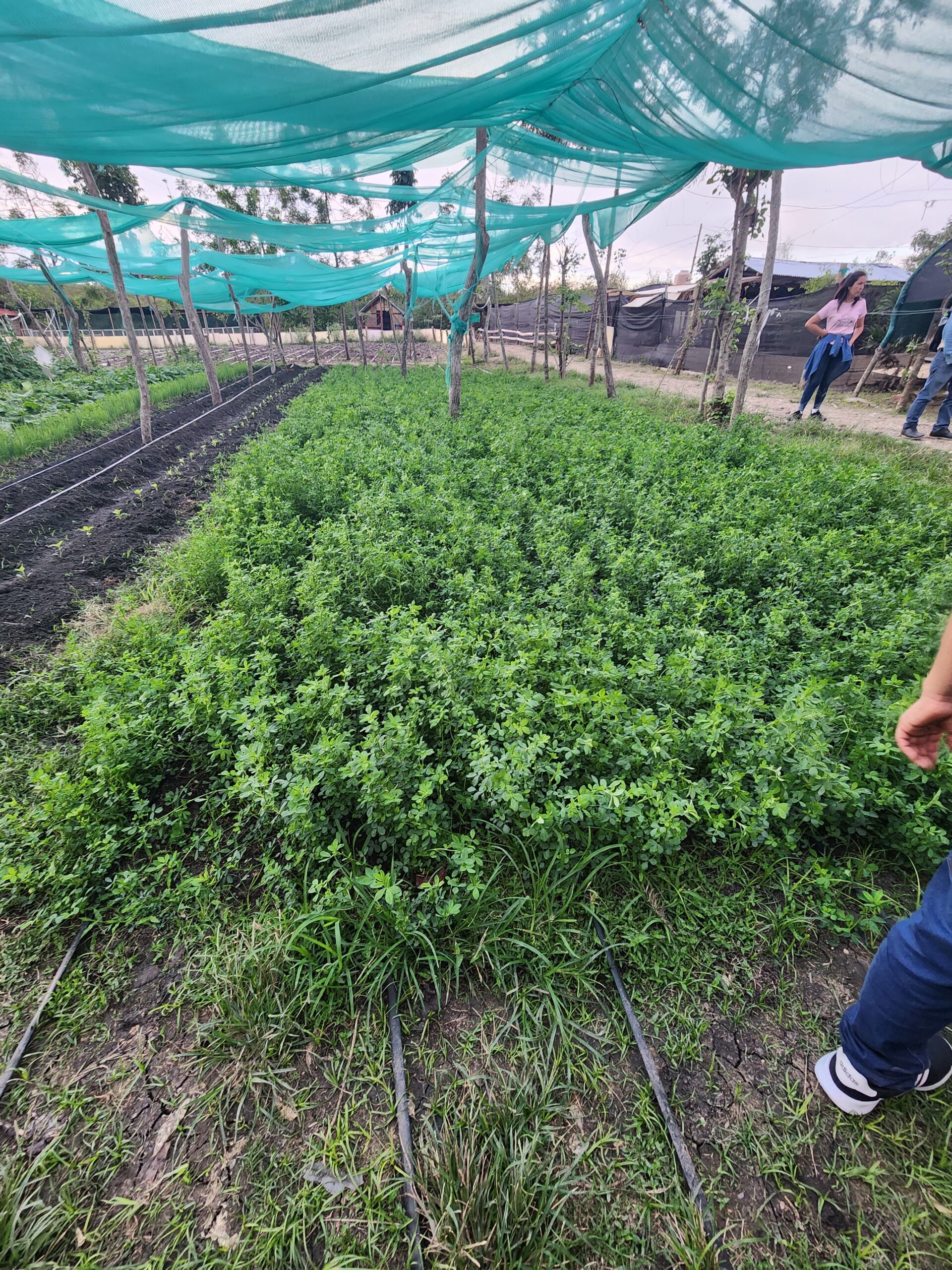I have been fascinated by the challenge of decarbonizing coffee for many years. Initially this took the form of diving deep into the research literature on biochar and coffee combined with scanning the globe to see who was doing what with biochar in the real world of coffee growing, milling, roasting and ‘merching’. This culminated in a 2015 white paper which was later updated in 2018. A few years later I started working with some very forward-thinking folks at CarCafe (a subsidiary of VolCafe which is owned by ED&F Mann a global food company) to figure out low-cost, low-tech ways to reduce GHG emissions at small-holder farmers – mostly focused on improved residue management and reduced fertilizer use which is where the vast majority of emissions come from on farms (and a recent study showed that roughly 44% of the entire supply chain emissions are at the grower/milling stages). Over the past few years, we’ve taught 100+ farmers plus a hotshot group of ‘tecnicos’ (agronomists -mostly- that help farmers to grow more efficiently and sustainably) how to make and use biochar on the farms.
Most recently I was invited by a friend who formerly headed up a protect at Coop Coffees, an organic coffee trade organization, to attend a gathering in Jaen, Peru with various coffee cooperatives that had gone through a multi-year GHG benchmarking process for 250 smallholder farmers in several LatAm countries. Ostensibly I was invited to introduce them to biochar and how it could help reduce emissions. As it turns out a few of them are well on their way on their own biochar journey and ‘francamente’ (this seems to be an oft used word in Peru which made me smile when I started counting how many times it was used!) it was inspiring to learn more about what they are doing. How could I not share their biochar stories at least a small part of them?
Sol y Café is an impressive coop with more than 1000 farmer partner/owners. While coffee seems to be their mainstay, selling ~200 truckloads per year, they have expanded into cacao, aquaculture on a few farms, and at their central hub they now have an elementary school and small-scale livestock farming (i.e., rabbits, guinea pigs and apparently a somewhat mythical creature which is half goat, half sheep (as with donkeys they cannot reproduce). They make their own EM1 formulations and other fertilizers and soil amendments, they have an impressive coffee tree nursery and a good-sized vegetable garden which grows food for the school and worker’s cafeteria. They also have the tiniest alfalfa field I have ever seen which grows food for the bunnies and guineas.
I gave a short demo on how to produce biochar from a variety of unused biomass found at the central coop and discussed various ways they could use it. Turns out, however, they are already experimenting with a LOT of biochar made from coffee parchment by another coop in the region, Norandino. This small scale, continuous feed machine was recently fabricated in Peru in collaboration with Swiss engineers and has been used to carbonize both coffee and cacao residues. Our Sol y Café hosts showed us the various ways they have been experimenting with the parchment biochar, a very light-weight, consistently small sized type of biochar. To be honest I have never seen so much biochar used in such a small space and I was (francamente) curious as to why they used so much of it as the soils, at first glance, seemed quite dark already. Looks can be deceiving apparently as they told us their veggie plots were rice paddy fields not so long ago and are heavily cracked hard pan soils laden with salt and excess calcium. They were on a quest to remediate these issues organically and were hoping biochar could help. Given they had received a lot of biochar at no cost (for now!), they decided to go big! For each half row, they used 5 ‘quintales’ (coffee sacks) of pure biochar then blended it with homegrown compost. It doesn’t appear that it was tilled into the ground, but they seem fairly protected from erosion and there is a sunscreen overhead. I wish they had done controlled trials which may happen in the future but after several weeks the plants seem very productive, and the Sol team seems quite happy with the growth as well as reduced need for watering.
Prior to receiving the parchment biochar, they apparently learned how to make small amounts of biochar from another coop in Honduras, Comsa, that has an unusual way of making biochar which I have not seen and am still waiting to learn more about it. Comsa also taught the folks at Sol about EM1 and their on-site international school was the model for the recently built one at Sol. This type of collaboration versus competition was so refreshing to see. It is definately the way to spread ideas quickly so you can iterate on customizing what works in different cultures and share improvements.
At the end of my short biochar production demo, I asked the 2 – 3 dozen folks if there was interest in on-farm biochar production and I do believe there is interest, not only as a way to upcycle residues but also to reduce fertilizer purchases. As prices have skyrocketed over the past year, farmers are looking for all manner of ways to reduce their dependency on fertilizers, organic or otherwise. The great side benefit is that the biochar they make and use to reduce fertilizer can help them to both mitigate and adapt to climate change. And soon, very soon, through the Artasanal C-sink methodology being finalized by Carbon Standards International, smallholder farmers that make their own biochar from on-farm residues and use it on their farms, will be able to tap into the ever-expanding carbon removal marketplace.
[NOTE: my Spanish is rusty so I am still verifying a few things I thought I understood from various conversions so I may have to update a few parts of this post!]



